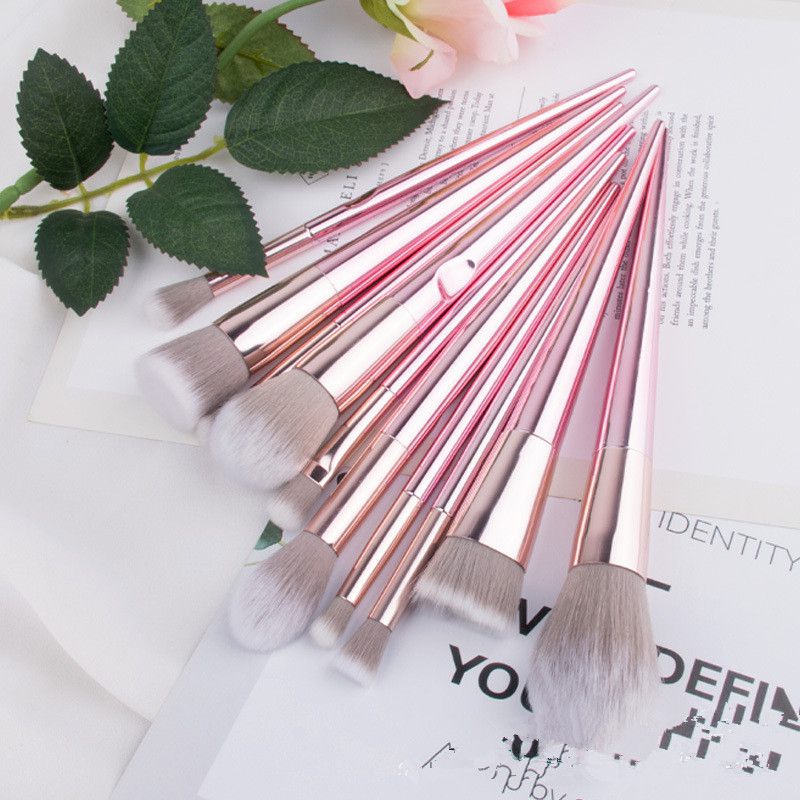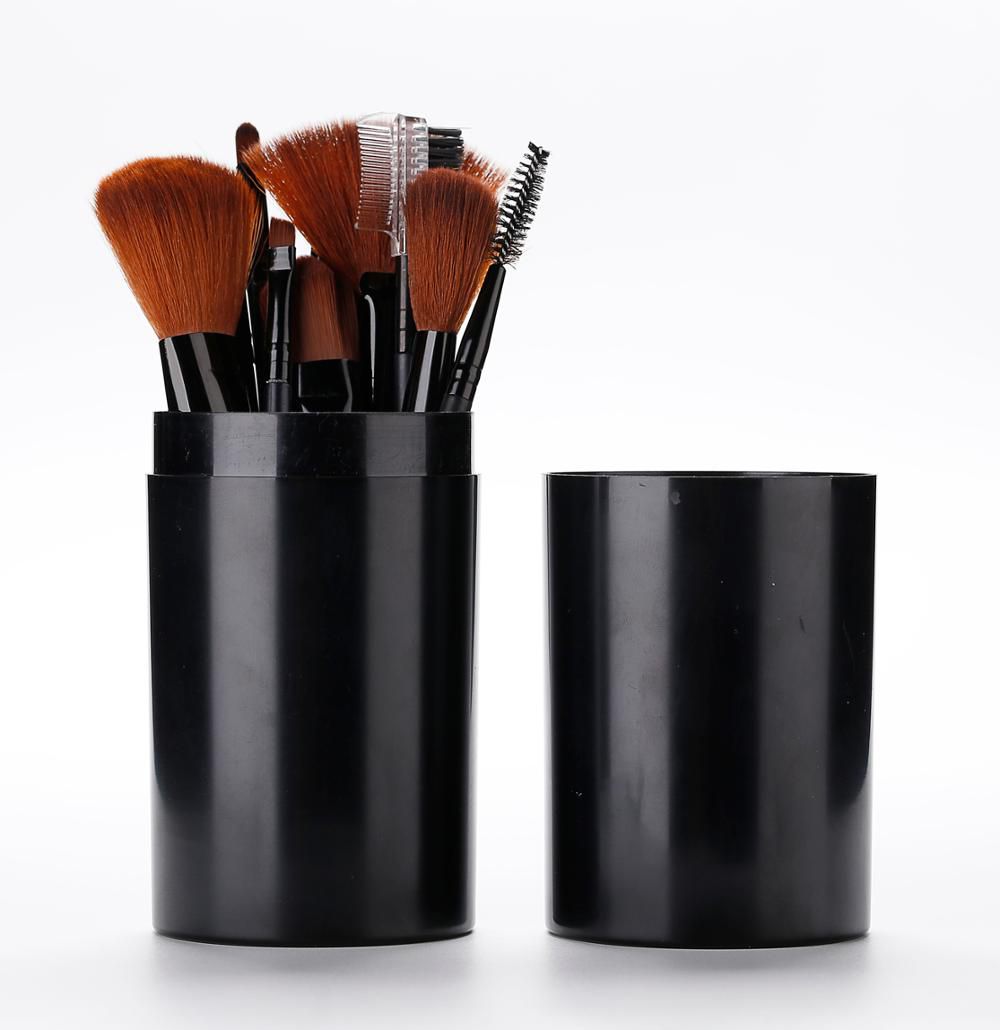Industry news
Bristle Filament Diameter Analysis: The Role of Micron-Size in Achieving Airbrushed Finishes
- 997 Views
- 2025-07-02 01:32:12
Bristle Filament Diameter Analysis: The Role of Micron-Size in Achieving Airbrushed Finishes
In the cosmetics industry, the demand for a flawless, airbrushed finish has surged, with consumers and makeup artists seeking tools that deliver seamless, natural-looking results. While airbrush devices were once the sole solution, modern cosmetic brushes are now rivaling this standard—driven largely by innovations in bristle filament technology. Central to this advancement is bristle filament diameter, measured in microns (μm), a factor that quietly dictates a brush’s ability to blend, deposit, and refine makeup. This analysis unpacks how micron-size influences bristle performance and why it has become indispensable for achieving that coveted airbrushed effect.
Defining the Micron Landscape
Bristle filament diameter refers to the thickness of individual brush fibers, typically ranging from 50μm (0.05mm) to 200μm (0.2mm) in cosmetic applications. Though this range seems narrow, even a 10μm difference can transform a brush’s functionality. For context, a human hair averages 50-100μm, meaning the finest cosmetic filaments are often thinner than a strand of hair—precision that directly impacts product interaction and skin feel.

Micron-Size and Product Control: The Foundation of Airbrushed Results
At its core, airbrushed makeup relies on controlled product release—avoiding heavy patches or streaks. Fine filaments (≤80μm) excel here: their slender profile creates smaller gaps between fibers, limiting how much powder, foundation, or blush is picked up. This prevents over-application, ensuring the product is deposited in thin, even layers. In contrast, thicker filaments (>120μm) have larger inter-filament spaces, leading to heavier product loads and a more opaque finish—effective for full coverage but counterproductive for a diffused, airbrushed look.

Softness and Contour Conformity: The Tactile Edge
Beyond product control, micron-size directly influences bristle softness. Finer filaments are inherently more flexible, allowing them to adapt to facial contours—cheekbones, under eyes, and鼻翼 included—with minimal pressure. This flexibility reduces friction, preventing irritation (a boon for sensitive skin) and ensuring makeup is “patted” onto the skin rather than dragged. Thicker filaments, while durable, can feel rigid, causing streaks as they fail to conform to skin texture—a critical distinction for achieving a seamless blend.
Material Synergy: Synthetic Filaments and Micron Precision
The impact of micron-size is amplified when paired with advanced synthetic materials like PBT (polybutylene terephthalate) or modified nylon. These materials offer superior elasticity compared to natural hair, enabling fine filaments (e.g., 60-80μm PBT) to maintain shape after repeated use. Lab tests show 0.06mm PBT filaments retain 95% flexibility after 500+ strokes, versus 30% loss in natural squirrel hair of the same diameter—explaining why synthetic, fine-diameter filaments dominate airbrushed brush design.
Manufacturing Challenges: Mastering the Micron
Creating consistent ultra-fine filaments demands precision. Extruding filaments below 70μm requires cutting-edge die technology to ensure uniform diameter; a 5μm variance can create weak spots prone to breakage. Strict quality control is also critical: microscopic imperfections disrupt product flow. At leading facilities, laser micrometers measure each batch to ±2μm tolerance, ensuring reliable performance—proof that micron-level accuracy is non-negotiable for high-end brushes.
Real-World Impact: Case in Point
Consider the “AirGlide Pro” brush, featuring 0.07mm PBT filaments. Consumer trials showed 82% of users reported “no visible brush strokes,” compared to 45% with a 0.1mm filament brush of identical shape. Makeup artists noted the finer brush “melts product into the skin,” mirroring airbrush results—a testament to micron-size’s transformative role.
The Future: Finer, Smarter Filaments
As HD makeup and natural finishes gain traction, the focus on micron-size will intensify. Emerging trends include 40-50μm filaments with仿生结构 (biomimetic split ends) to enhance product adherence, and customizable diameter blends for targeted results (e.g., 60μm for powder, 80μm for cream products). For manufacturers, investing in micron precision isn’t just technical—it’s a strategic response to the modern consumer’s demand for perfection.
In the end, the quest for airbrushed finishes hinges on the smallest details. Bristle filament diameter, measured in microns, is more than a specification











